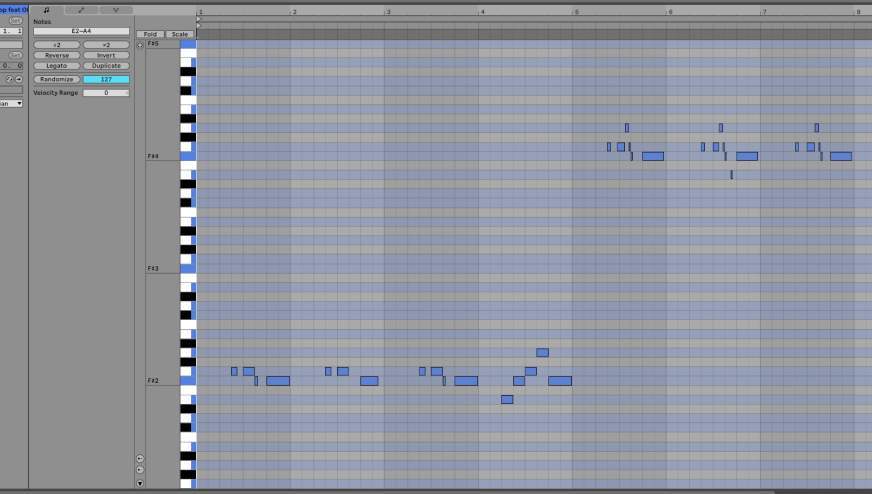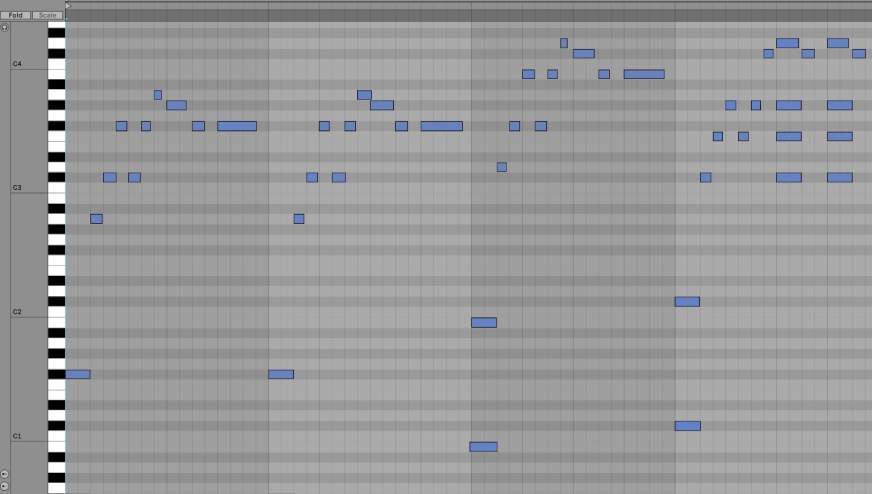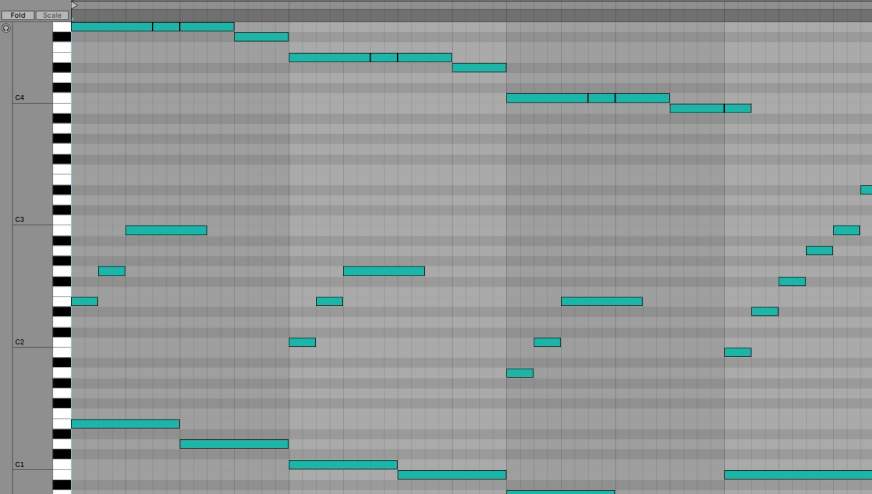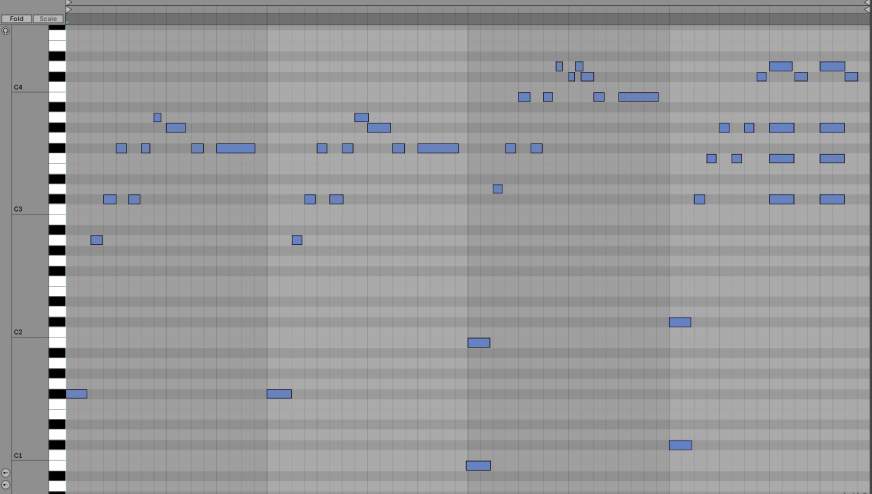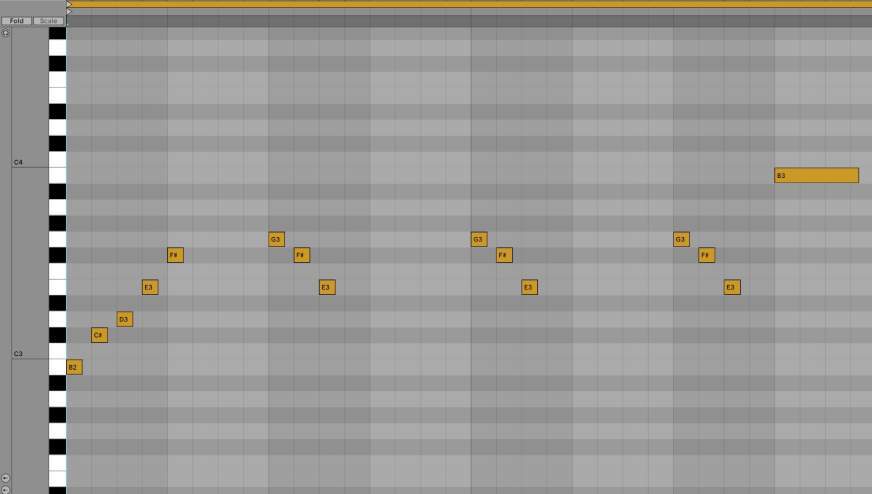
By continuing, you accept Aulart’s Privacy Policy.
How to write melodies like Scott Storch
Hip hop legend Scott Storch, the producer behind hit songs like ‘Still Dre’ by Dr. Dre and ‘Candy Shop’ by 50 Cent, tells us about his approach to composing strong, memorable melodies in his Aulart Masterclass. In this article, we’ll go over some of his songwriting tips to help you find the perfect melody for your beats.
What is a melody?
Melody can be defined as a linear sequence of notes that is perceived as a complete entity. Writing a catchy melody or hook is, unquestionably, one of the most crucial aspects of songwriting and beat-making. This is because melodies are musically satisfying and generally stand out as the most recognizable element of a song.
Leonardo Da Vinci once said, “Simplicity is the ultimate sophistication.” Storch certainly seems to agree with this statement: “If something is good, it’s going to be good in its simplest form”. The main takeaway is that you shouldn’t overcomplicate your melodies. In short, keep them simple and go with your gut.
That being said, here are a few ideas taken from Scott Storch’s Aulart Masterclass to get you started with writing great, unforgettable melodies.
1. Follow a scale or a chord progression
Set the mood by choosing a key and a scale. Pick out a few notes, repeat them, and play around with their order and rhythm until you find something you like. Major and minor scales are the most common in popular music but there are many more to choose from, such as pentatonic, dominant, or modal scales.
A big part of Scott Storch’s sound is his use of Arabic scales and exotic-sounding modes (at least for the Western ear), such as the harmonic minor and double harmonic major scales, or the Phrygian and Locrian modes. For instance, the strings melody in ‘Candy Shop’ by 50 Cent, produced by Scott Storch, is based on the F# Phrygian scale, which contains the same notes as the D major or B minor scales but starts on F# instead.
Another easy way to come up with a good, simple melody is by following the notes of a chord progression. For example, improvising with different inversions of arpeggios (broken chords) can spark that melodic idea you’re looking for.
In this clip taken from his Aulart masterclass, Storch improvises a melodic riff in the key of F# minor by playing the first and second inversions of the chords over an i – iv – V progression (F# min, B min and C# maj).
2. Tell a story
Just like a good movie or book, your melody should tell a story. Below are a few ways to achieve that:
Phrases
Tension and release:
Building tension and releasing it is a fundamental driving force of narrative storytelling and music alike. In music, a moment of tension will create a sense of expectation for its resolution. For example, the use of dissonant intervals, non-chord tones, chromatic passing notes or other neighbouring notes and their resolution in common cadences is one way of creating tension and release. Moreover, contrasting melodic contours are also effective. For example, ascending phrases create more tension as opposed to descending phrases which tend to resolve.
The piano and strings arrangement at the beginning of ‘Fighter’ by Christina Aguilera, composed and produced by Scott Storch, is a good example of how you can articulate a melody by joining very simple phrases while creating tension and release along the way. Notice that the melody can be distinctly broken down into three descending phrases, connected by passing notes and non-chord tones, and an ascending phrase at the end.
Similarly, a sense of tension and release can be generated by contrasting melodic phrases. Generally speaking, simple melodies move between neighbouring notes that are a semitone (half step) or tone (whole-step) apart. Moving in stepwise motion with a few, larger leaps can make for a memorable melody by creating contrast thanks to the balance between different types of intervals. Once again, ‘Candy Shop’ by 50 Cent is a good example of this. Take a look at the MIDI transcription mentioned earlier and notice that the melody only moves in stepwise motion, except for the leap at the end of the melody which is only 3 semitones apart.
Repetition and variation:
Repetition is a universal characteristic of music. We are more likely to remember a melody the more we hear it. In contrast, variations allow a melody to remain interesting. An easy way to vary your melody is by embellishing it as the song progresses. For example, you can add ornaments, such as grace notes; move up or down an octave to try a different register; or simply change the contour of your melodic phrases.
Call-and-response:
This is an ancestral songwriting technique that has been passed down for generations and is easily found in all kinds of classical and contemporary music. It consists of a succession of distinct phrases that respond to each other. The reason why this technique works so well is that it corresponds to the pattern of human communication, just like a conversation.
The synthesizer hook in Justin Timberlake’s iconic song “Cry me a river”, produced and composed by Scott Storch, is a great example. Take a look at the MIDI transcription below and notice that it follows a call-and-response pattern, where the second phrase is a direct response to the first.
3. Find your signature sound
It’s easier said than done but try to find your own, personal style. Don’t get stuck on a genre – listening to a wide variety of music can help spark your creativity. Analyze your favourite melodies, learn to play other artists’ songs and learn about music theory.
In his first-ever masterclass, Scott Storch goes into detail about his unique sound and explains how you can develop yours. “Don’t be afraid to create your own lane, your own sound. Be a pioneer, don’t do exactly what you heard on some other record […] Try and do something special and unique.”

Masterclasses recommended for you
Learning should never stop, so here’s a selection of Masterclasses from the world’s top music producers that will help you take the next step in your music career.
AULART Music Masterclass 2022 © Copyright

